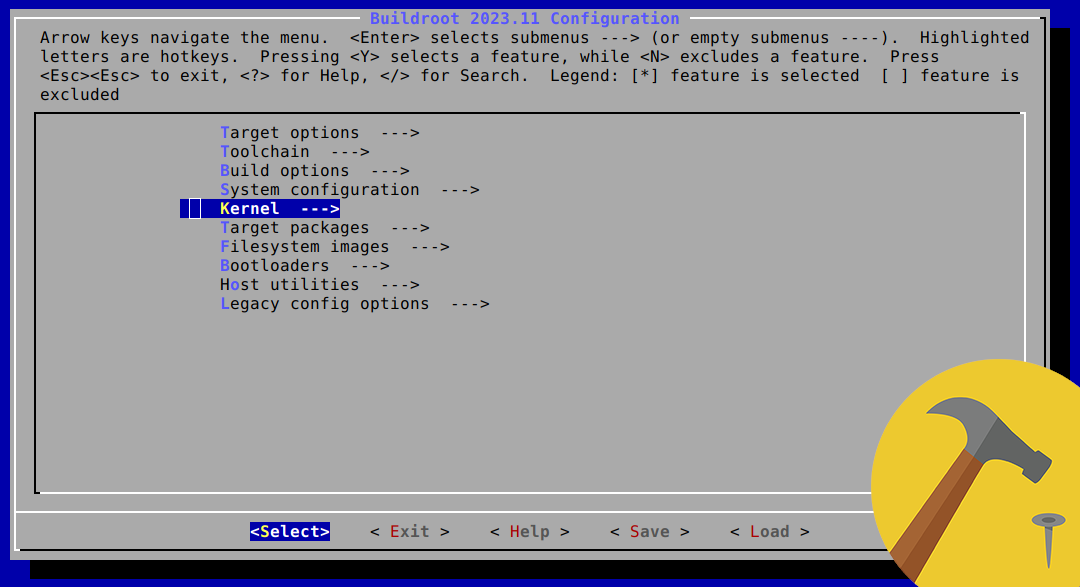Raspberry Pi cross-compile using Buildroot
This article provides a simple but robust workflow to develop embedded applications using cross-compilation.
These notes are tailored to applications based on OpenCV and Qt5, that will run on a Raspberry Pi 4.
Setting up the packages for computer vision and UI, as well as their dependencies, already make a compelling case for building an automated workflow that is simple and repeatable.
Introduction
Developing applications for embedded systems means having to deal with hardware constraints that seriously hinder the possibility of local development (local here refers to the development done onto the embedded device itself). A smarter alternative is instead to setup a development machine, where all the phases of the coding happen, that connects to the embedded device only to deploy and run the application after it has been built.
This workflow is referred to as cross-compilation and to work properly it relies on two key aspects:
-
the cross-compilation toolchain, the set of tools (compiler, linker, etc.) available on the development machine (i.e. host) and needed to build the source code into binary files for the embedded device (target). Since the CPU architecture of the host and the target might not be the same, the standard toolchain of the host, which is designed to produce binaries for its own architecture, doesn’t work for cross-compilation. Instead, for example, a development x86 machine used to develop for Raspberry will use a toolchain that runs on x86 but compiles for ARM.
-
the target filesystem, the set of libraries and other relevant resources representing the target environment of the embedded device in which the cross-compiled application will run. For example,
As described above, and when compared to local development, cross-compiling might seems more convoluted to set up and it might end up being more difficult to maintain.
Goal
The overarching goal is to have a (mostly) automated and consistent way of generating
State of the art
Currently there are few other notable ways to achieve the same result, few of which I’ve used in the past.
TODO: list methods:
- qengineering
- abishek
TL;DR
Refer to the buildroot configuration in
Run the following
# build the raspberry img
make
Buildroot
Install
cd ~
git clone https://github.com/buildroot/buildroot.git
cd buildroot
Configure
Qt creator needs:
- sftp (use openSSH instead of dropbox)
- rsync
Setup SDK and dev env
cd ~/buildroot
make sdk
- copy the sdk into home
- config the sdk (run relocate.sh)
cd ~
cp buildroot/output/images/arm-buildroot-linux-gnueabihf_sdk-buildroot.tar.gz .
tar -xvf arm-buildroot-linux-gnueabihf_sdk-buildroot.tar.gz
mv arm-buildroot-linux-gnueabihf_sdk-buildroot rpi-buildroot-sdk
then fix the simlinks running the relocator script
cd rpi-buildroot-sdk
./relocate-sdk.sh


